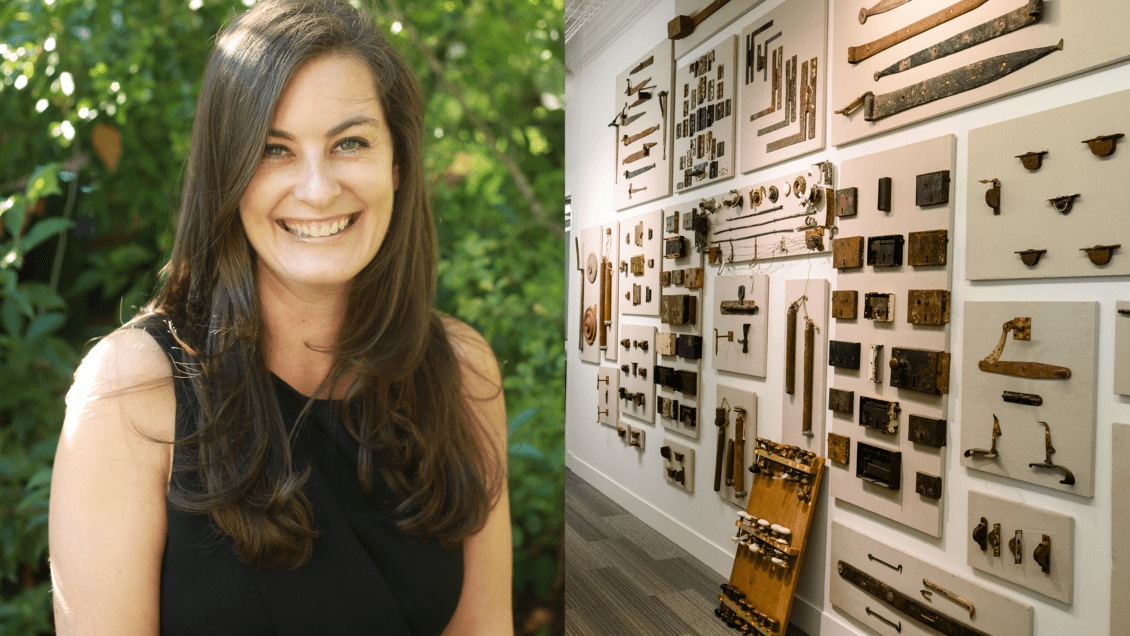
Amalia Leifeste, associate professor of Historic Preservation at Clemson’s School of Architecture, has been named director of graduate programs in Historic Preservation. Having worked with the Historic Preservation program since 2012, Leifeste has directly contributed to forming relationships and engaging the Charleston community.
“I am delighted to take over the role of directing the Graduate Program in Historic Preservation, and I recognize that I am standing on the shoulders of giants as I do so,” Leifeste said. “These giants include a director who set the tone and character for the program near its inception, one who brought the program to the national standing that we enjoy now and one who moved our engaged community work ahead in important ways, forging relationships with a range of communities and new partnerships for the program.”
Leifeste shared that she looks forward to building upon the program’s core strength of student learning through continued work with the stewards of historic places in preservation, recording and interpretation.
We are excited to have Amalia join us as the new director of graduate programs in Historic Preservation. I have complete confidence in Amalia’s ability to lead and grow this program in new and exciting ways while building upon the work done before her.”
Jim Stevens, director of the School of Architecture
Historic Preservation programs
Housed in the Clemson Design Center, Charleston (CDC.C) in the historic Cigar Factory on East Bay Street, Clemson’s M.S. in historic preservation is a two-year professional-track degree program. Students of the historic preservation program have the opportunity to learn preservation by doing preservation with Charleston’s foremost experts in architecture conservation, architectural history, landscape preservation and urban planning, with the chance to learn in historic Lowcountry locations around Charleston.
“It is an exciting time to be part of historic preservation as a new era of our discipline is taking shape – one marked by broader inclusivity and deeper social engagement,” explained Leifeste. “I see our program being part of this by teaching specialized, professional skills to be used for lofty objectives such as keeping historic places contributing to society.”
Leifeste believes in the preservation program’s education methods, explaining that these methods have kept her as an invested faculty member over the last decade.
“Graduates of our program have considerable experience investigating the physical fabric of historic buildings and landscapes, using analytical and research skills to develop nuanced and thorough historic contexts surrounding a historic place and evaluating and conserving historic materials,” she said.
Leifeste noted that the goal is for graduates of the program to use their technical and analytical skills in service to a broadening range of historic places, that they are important places to people, and that they contain powerful stories about the past.
“It is a real joy to hear what the program alumni, going back as far as 2005, are doing with their careers and to hear of their impacts in the field,” she said.
Get in touch and we will connect you with the author or another expert.
Or email us at news@clemson.edu
